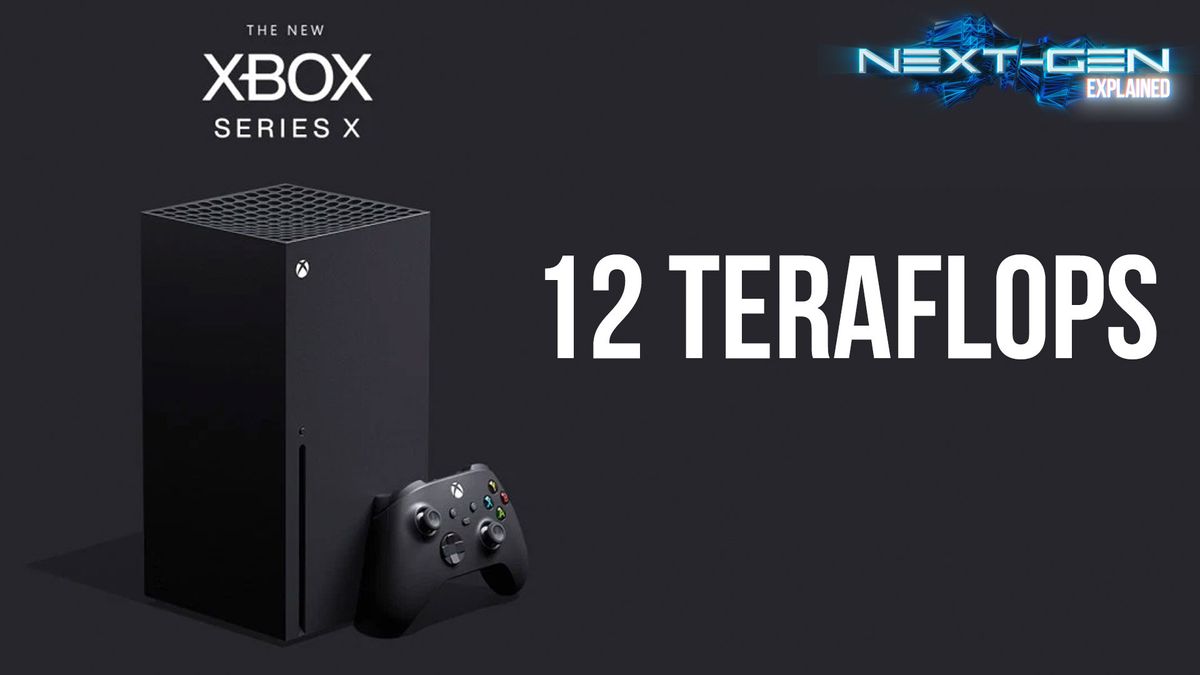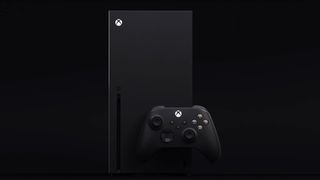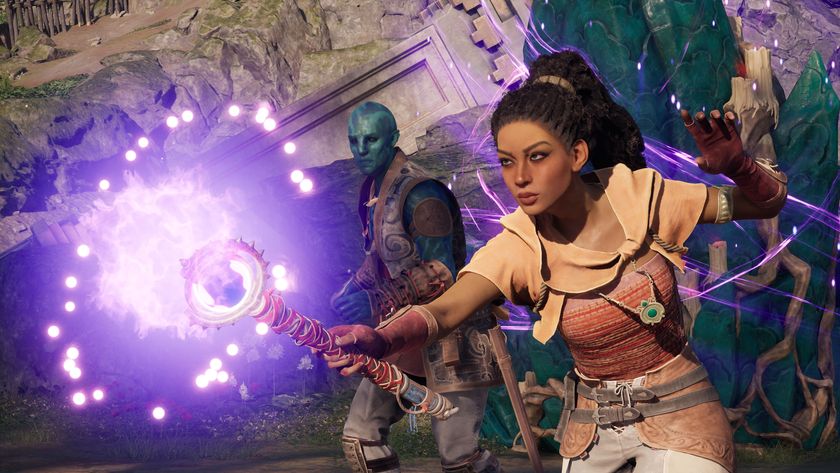
When Microsoft revealed more details about the Xbox Series X, it wanted to talk teraflops. Specifically, how many its next-gen console will promise in relation to performance. But there a big question around exactly what is a teraflop and should we actually be excited by the fact the Xbox One successor will have 12 teraflops of GPU power?
Here’s a breakdown on what this potentially very important Xbox Series X spec means for the future for Microsoft’s next-generation console.
What is a teraflop?
Before we get into the specifics of whether we should be impressed by a console that claims to offer 12 teraflops of GPU power, let’s talk about what a teraflop (also known as TFLOPs) actually is.
What we are essentially looking at as we delve into the very technical realms of computing is a way of measuring computer performance. The word ‘tera’ stands for trillion and ‘flops’ stands for floating-point operations per second.
These floating-point operations relate to the complex calculations being undertaken by a computer (or a games console in this instance), when doing things like rendering (drawing and moving) a polygon. The number of these floating-point operations a computer or console can do per second is a way of measuring its computing power. In the case of the Xbox Series X, there’s the promise of the ability to process twelve trillion floating-point operations per second.

Bottom line, Microsoft is telling us that there’s serious GPU power for developers to play with to make games. In raw numbers, that’s saying that the leap in quality of games from the previous Xbox console is going to be pretty substantial.
That number alone doesn’t really tell us the entire story though. We also need to factor in other components packed into the tower-like body that’s related to performance. Elements like clock speeds and memory bandwidth, which are central to performance have not been revealed by Microsoft as of yet. Until it does, it’s a bit of a guessing game in terms of what we can truly expect from the Series X as far as performance is concerned.
Sign up to the 12DOVE Newsletter
Weekly digests, tales from the communities you love, and more
Who’s got the most flops?
1 Teraflop: A unit of computing speed equal to one trillion floating point operations per second12 Teraflops: Xbox Series XFebruary 25, 2020
Consoles offering teraflops of GPU power isn’t new, though the number attached to the amount promised by the Xbox Series X definitely is.
Xbox boss Phil Spencer revealed Microsoft's next console is using its own custom-designed processor that will make use of AMD’s latest Zen 2 and RDNA 2 architectures to help unlock that power. If we compare the numbers, the Xbox One X delivers six teraflops of GPU power. The original Xbox One had 1.31 teraflops. So the Series X is offering double the flops of the One X.
Sony’s PS4 Pro comes in with 4.2 teraflops. We don’t know what the PS5 will offer in comparison, because Sony hasn’t been as forthcoming with those technical details as yet. Although, it’s safe to assume it will be trying to match Microsoft’s console in terms of power and performance.
A much more useful flops comparison would be to see how the console sits within the realms of graphics cards currently available to give PC gaming a serious graphical grunt. Nvidia’s GeForce RTX 2080 Ti promises 14.2 teraflops and is one of the most powerful cards available right now. So it’s playing up with the big boys as far as what that raw number suggests. On paper, it’s suggesting the level of performance will be up there with what high-end gaming PCs are packing.
What do 12 teraflops actually mean?
So what do those double-digit flops mean for gamers? Well, there’s the baseline promise that we’ll be able to play games that are graphically more impressive and much bigger than what’s available on current-gen consoles. Essentially, it’s opening the door to a performance on par with high-end PC gaming. It’s giving developers the opportunity to be more expansive with open world environments because they now have the tools and extra power capacity to develop and build without overloading and overworking the console’s system in a way they maybe had to with current gen consoles.
Another big benefit of that bump up in power is that games should comfortably run at higher frame rates. Microsoft says it will offer 8K gaming at up to 120 frame rates per second and 4K will be supported at 60 frame rates per second. There are dedicated graphics cards that offer that kind of 4K support though the kind of frame rate attached to 8k gaming will clearly demand a lot of the components related to powering performance. So, while Microsoft says the Series X is capable of 8k gaming, it might be a wait before the games supporting it are in their abundance. This extra power though will certainly help make sure the Series X is well equipped to deliver it.
For developers, it’s also going to elevate other Series X features revealed like ray tracing and variable rate shading. These features are available to developers to help create worlds that are richer, more detailed and more realistic. They will demand a lot of that GPU’s grunt so with double the amount available on the previous console, it could spread that workload more evenly to help create those more dynamic game environments.
As this IGN article also suggests, this extra computing power should also allow developers with less resources than big name game studios to also build for next gen consoles. Having more features and tasks that can be offloaded to the console should allow small teams to focus their attention on other aspects of game development.
Just a number. For now.
We have to reiterate, that as impressive as that number sounds in relation to raw power, it’s only really telling us a part of the story as far as what the Xbox Series X is capable of. We’ll still need to learn about other components that have a direct influence on console performance.
We will also need to see examples from studios working on Xbox Series X games to see how this raw power is being put to use. We might have to wait a while yet to get a better idea of that. Hopefully, with E3 nearing on the horizon, there won’t be long to wait. Microsoft may well be planning on doing more tinkering with its console’s architecture before it’s ready to ship to ensure that performance is not bettered by the PS5.
For more details on all the next-gen jargon, check out more of our next-gen explainers.
Most Popular








